It’s been just over a month since the new TILA-RESPA Integrated Disclosures rule, or TRID rules were put into effect, but what that means for those it affects is still unclear.
So what is TRID?
The TRID guidelines require residential real estate transactions to have new loan documentation, including two new forms.
Loan Estimate- Taking the place of the Good Faith Estimate (GFE) and the initial disclosure required under the Truth in Lending Act (TILA) This, three page, form must be provided to the buyers in a timeline similar to the previous GFE
Closing Disclosure- Taking the place of the HUD-1 Settlement Statement and the final TILA forms, the closing disclosure creates some new delivery date requirements.
This document must be issued to the borrower at least 3 days prior to closing. If this does not occur, the closing will be delayed up to 7 days.
Lenders require that the information contained in the closing disclosure (fees, taxes, closing cost, insurance, etc.) be finalized no less than 7-14 days prior to closing in order to give them enough time to generate the new closing disclosure in a timely manner.
Borrowers will have three days after receipt of the Closing Disclosure to review the form and its contents. Starting upon “receipt” of the Closing Disclosure form by the borrower, and unless there is some receipt confirmation of the form, the form is “deemed received” three days after the form is mailed. As a result of this, the review period may be six business days from mailing to loan signing.
Any changes made to the Closing Disclosure after its delivery to the buyer may trigger a new 3 day waiting period or additional disclosure or review periods, which is why accuracy is very important.
Why should you care?
The new TRID regulations are meant to benefit borrowers by simplifying documents and making loan terms more clear, but as lenders and borrowers transition into the new TRID rules, delayed closings are bound to occur.
Prior to the TRID rules, it took approximately 45 days from the loan application submission to the time of closing. Post-TRID regulations impose new waiting periods where lenders must submit disclosure forms to borrowers, and inaccuracies in paperwork by the lender or borrower as well as strict re-submission timelines will lead to delays in closing.
How can you protect your move?
- To try to avoid any unforeseen issues that could delay the closing, the National Association of Realtors is recommending completing the walk-through seven days prior to the scheduled closing.
- Make sure the information you provide is accurate and read documents thoroughly. TRID regulations aim to protect the buyer from surprises, so use it to your advantage.
- Hire professional moving services who can anticipate your needs and expectations. If your move date changes you’ll want to work with someone who can facilitate the need for a schedule change without issue.
Olympia Moving & Storage’s TRID Protection Program
Strict TRID timelines and delays in closings will affect the entire relocation process. Most moving companies don’t have the capacity to handle move date changes, leaving families without a mover.
Olympia Moving & Storage has the manpower and infrastructure to work with you through the transition and delays by offering:
No fees for move date changes– as long as we have available crews we have the flexibility to accommodate unexpected changes that may occur.
$150/night sealed truck storage– Your belongings are important. If you can’t move into your home right away, don’t worry. For just $150 per night per truck, Olympia will hold your belongings on a locked and sealed truck until your new home is available.
Our goal is to be a resource to our clients during their relocation, no matter what TRID throws our way.
Are you ready to get your moving estimate?
Call Olympia Moving & Storage at 800.222.4744 or request an estimate and discover all of the ways that Olympia Moving & Storage can make your relocation easier.
You might also be interested in:


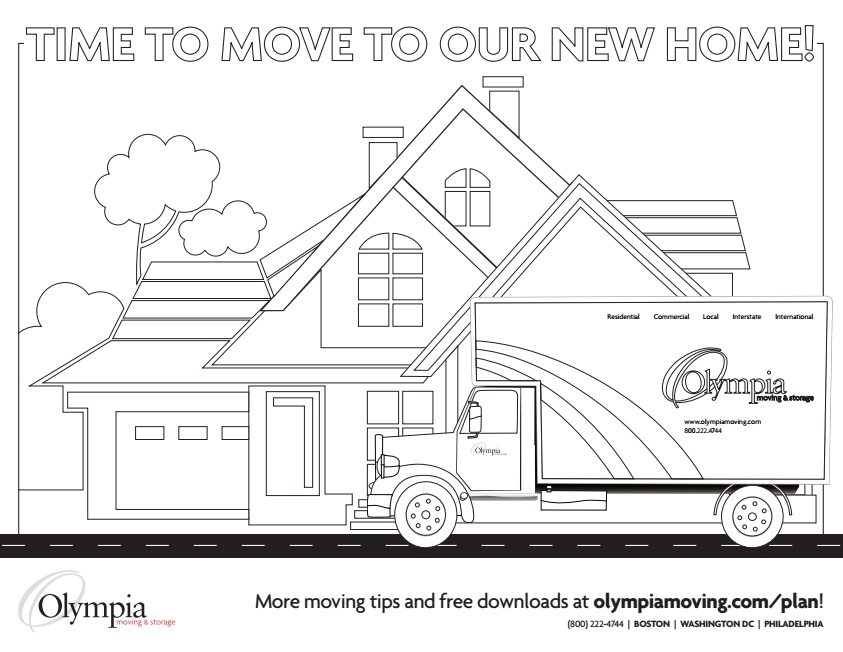
 Local Moving Packing Don’ts:
Local Moving Packing Don’ts:
 So you’re almost ready to hire a moving company! You’ve done your
So you’re almost ready to hire a moving company! You’ve done your 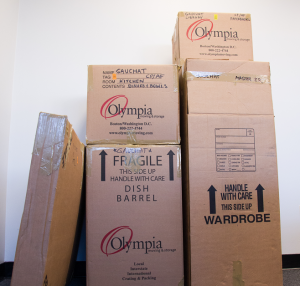
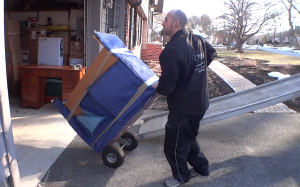 If you are trying to declutter your home prior to a
If you are trying to declutter your home prior to a  After you’ve done your
After you’ve done your 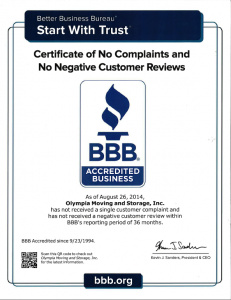
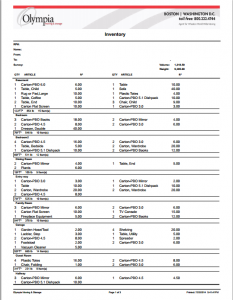 When you
When you